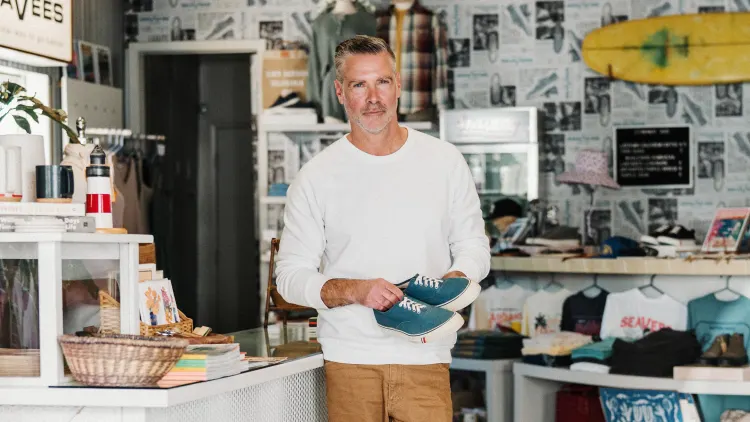A chance find in a thrift shop has set a sneaker designer on a mission to revive a forgotten classic and turn it into the next big name in footwear.
Steven Tiller, a true sneaker enthusiast, has spent his career working with major brands like Cole Haan, Lands’ End, Keds, and Steve Madden. Despite his extensive experience, Tiller still gets excited when he discovers a beautifully crafted pair of shoes.
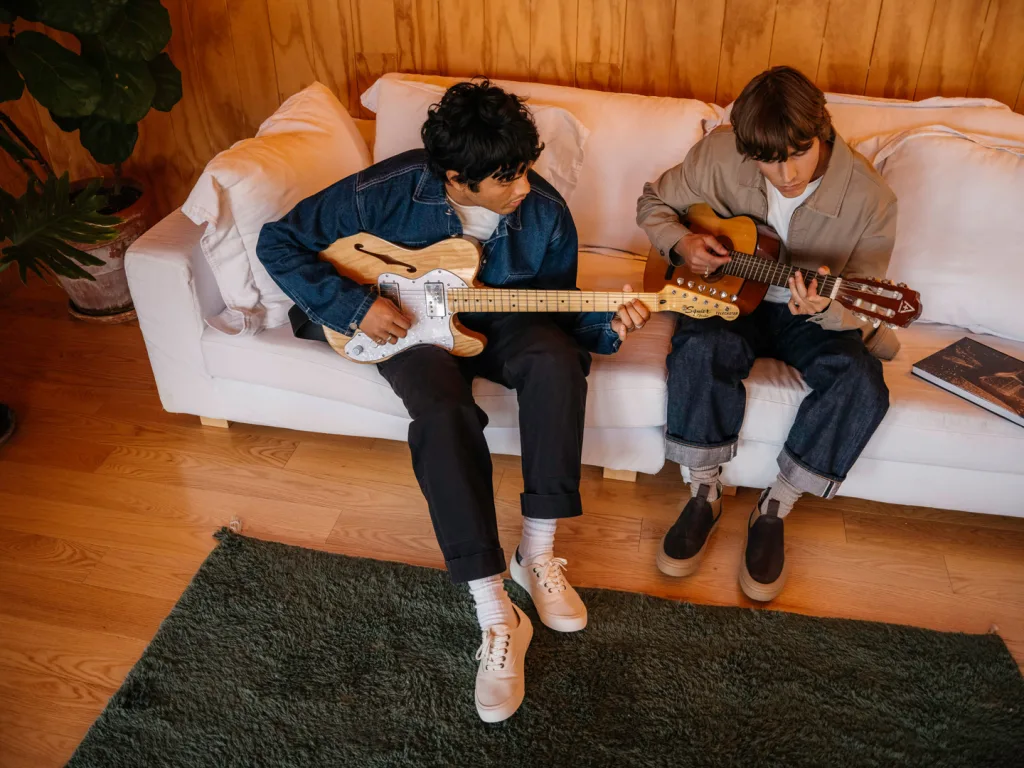
In 2005, while browsing a vintage store in Tokyo, Tiller stumbled upon a pair of blue lace-up sneakers from the 1960s. They bore the name “SeaVees” on the insole, a brand he didn’t recognize despite his deep industry knowledge. Intrigued, he purchased the shoes for $500, captivated by their familiar yet elusive design.
Tiller’s curiosity led him to investigate the origins of SeaVees. He learned that the brand was launched by tire company BFGoodrich in 1964, using its rubber resources to produce sneaker soles. Though the brand had faded into obscurity for nearly 40 years, Tiller saw the potential to bring it back to life as a heritage American sneaker brand, akin to Converse or New Balance. Three years later, he left his role as president at Steve Madden to relaunch SeaVees.
Over the past decade, Tiller has methodically revived the brand, digging through vintage archives and redesigning the shoes with modern technology and sustainable materials. Now, with 300 retail accounts, including Nordstrom, and a 30% annual growth rate, Tiller believes SeaVees is poised for even greater success.
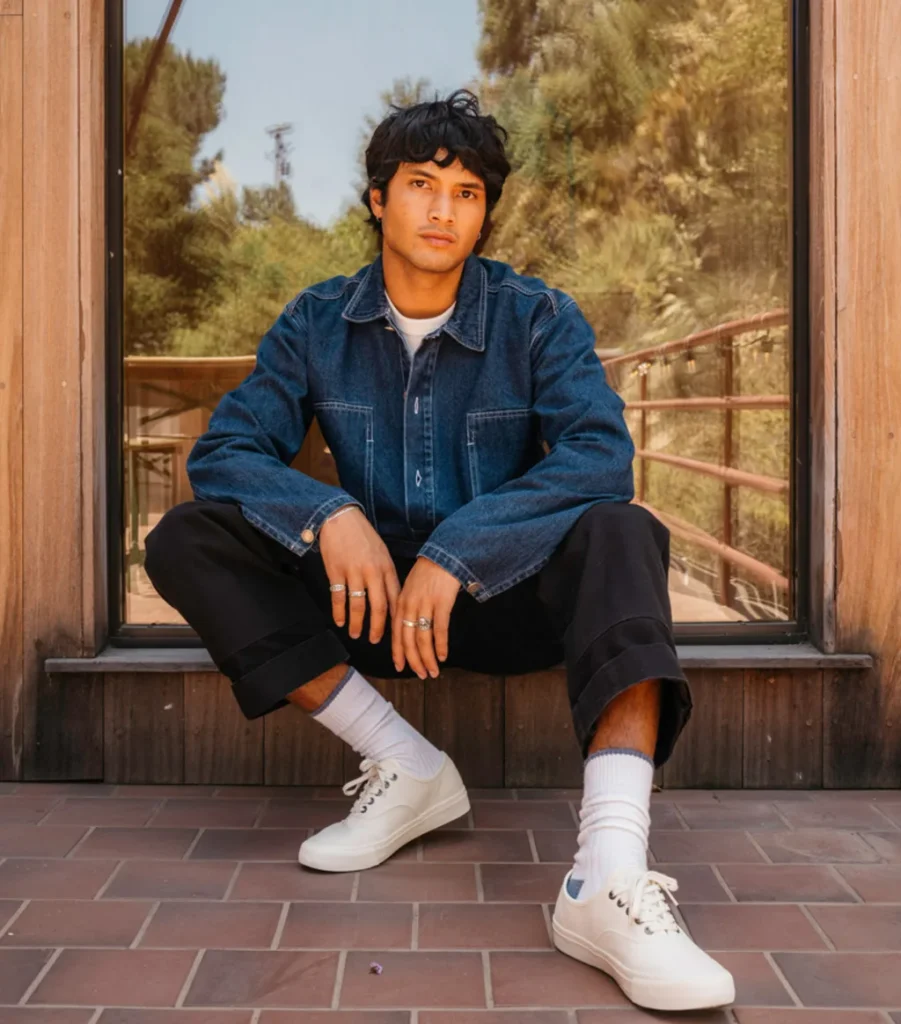
As SeaVees expands its direct-to-consumer channels and invests in its physical stores, the brand has seen its highest sales in the past four years. Tiller is confident that SeaVees, now 60 years after its inception, is on the brink of becoming a household name.
The Allure of Heritage Brands Reviving dormant fashion brands is more common than one might think. Research suggests that consumers are drawn to brands that evoke nostalgia, often trusting those with a rich history. This trend has led companies and entrepreneurs to resurrect once-popular brands that had fallen by the wayside.
For instance, Abercrombie & Fitch, originally an outdoor brand from 1892, was rebranded as a trendy teen label in the late 1980s after years of declining sales. Similarly, Filson, which served gold prospectors and lumberjacks in the late 19th century, was revitalized by Bedrock Manufacturing 12 years ago and is now thriving.
In the U.K., Antler, a luggage maker founded in 1914, was recently acquired by private equity firm Endless. Despite now selling modern polycarbonate luggage, the brand is marketed as a legacy brand, capitalizing on its historical roots.

Tiller is following a similar strategy with SeaVees. He’s spent considerable time studying the brand’s advertisements from the 1960s, seeking to understand its original identity. By doing so, he aims to create a brand that feels authentically rooted in its past.
“I’m fascinated by the history of sneaker trends and manufacturing,” Tiller says. “There’s a lot of history that has been forgotten, but when you bring it back, people start to remember.”
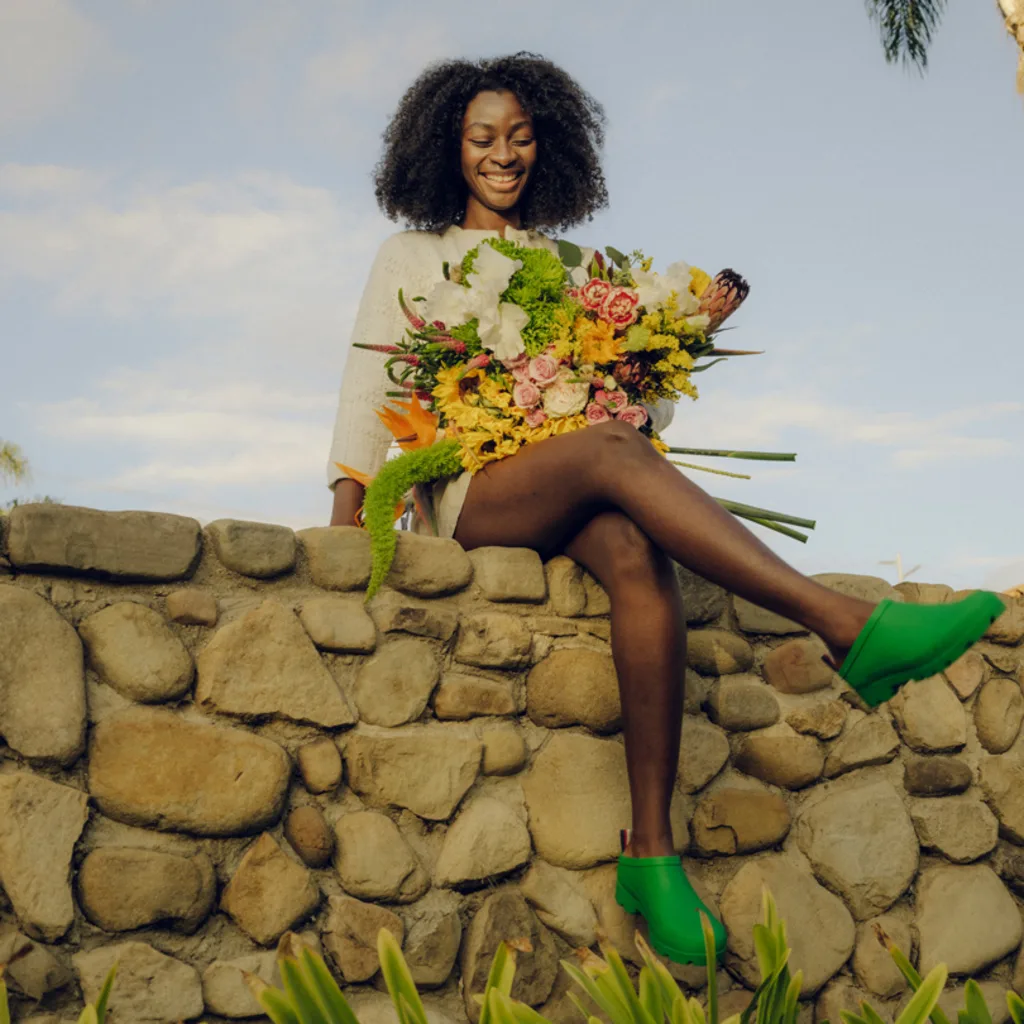
Tiller’s focus on SeaVees’ Californian identity has shaped the brand’s revival. Unlike many U.S. sneaker brands that originated in the Northeast, SeaVees was designed as a casual deck shoe for the boardwalk, with the tagline “A New Way to Go Casual.” Early ads featured the shoes paired with rolled-up trousers and unbuttoned Henley shirts.
Tiller has brought this aesthetic into SeaVees’ physical stores in Santa Barbara and Newport Beach, where surfboards and buoys adorn the walls. The brand’s marketing continues to evoke a simpler, cooler time, appealing to modern consumers’ sense of nostalgia.
Building a Legacy Brand for Today’s Market When Tiller first relaunched SeaVees, he was determined to recreate the brand’s original deck shoe with exacting detail. He tracked down vintage pairs, deconstructed them, and obsessed over every aspect of their design.
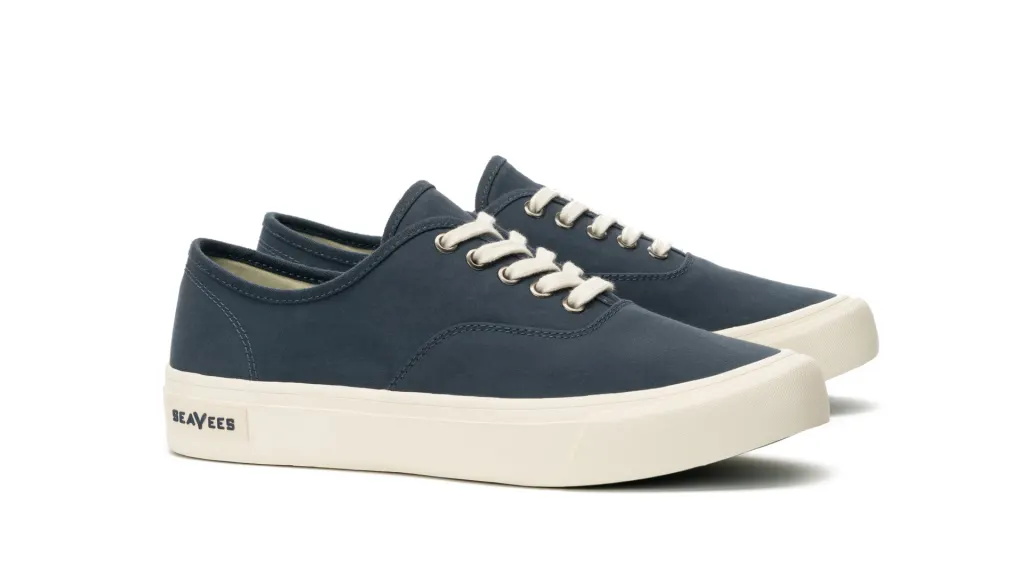
“The upper material caught my attention,” he recalls. “The light-blue herringbone pattern was unique, and the logo’s ‘V’ was slightly pinched at the bottom due to the vulcanization process. It felt like a subtle trust mark—something consumers wouldn’t notice right away but would appreciate over time.”
Tiller modernized the shoe’s materials, adding features like a more comfortable memory foam footbed while maintaining the original aesthetic. He then introduced the shoe in three colors, testing the market with early adopters like Fred Segal in Los Angeles and Jeffrey in New York. This initial success paved the way for wider distribution, eventually landing SeaVees in major retailers like J.Crew and Nordstrom.
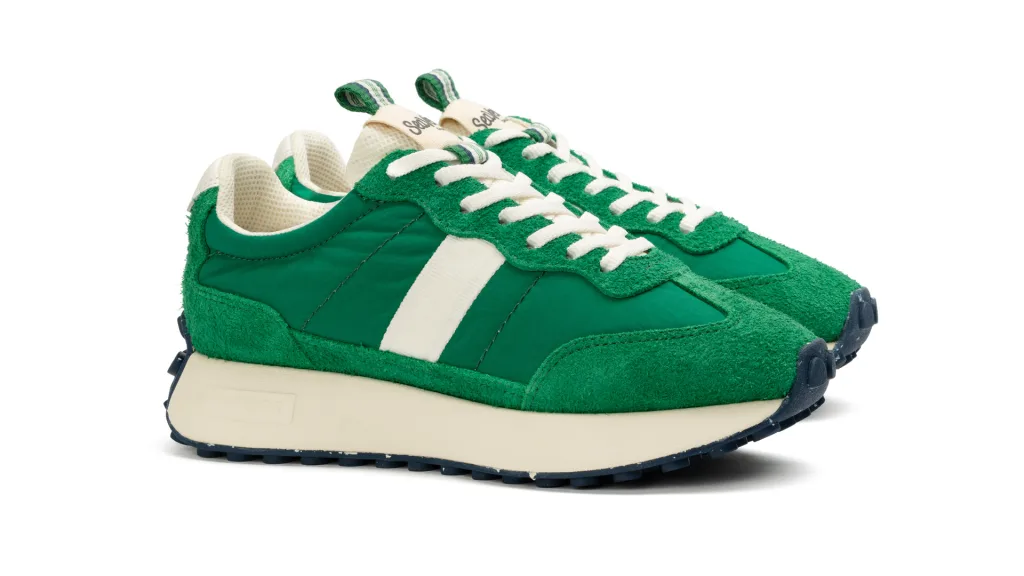
However, Tiller soon realized that his purist approach to recreating SeaVees’ original designs might limit the brand’s growth. “In the beginning, I was too focused on what the brand made before it shut down in 1972,” he says. “But if SeaVees is going to thrive, it needs to evolve.”
Drawing on his experience with Keds and Sperry—brands with strong but narrow identities—Tiller recognized the need for SeaVees to expand its offerings. He began by designing a women’s line of deck shoes, then broadened the range to include styles with a vintage feel. One standout is the Acorn trainer, which sold out twice in rapid succession and helped drive record-breaking sales.
Today, Tiller is focused on creating a wide variety of designs that resonate with modern consumers while staying true to the brand’s heritage. He imagines what he might have designed for SeaVees during its “lost years” in the 1980s and 1990s, bringing those ideas to life today.

With SeaVees rapidly expanding its retail presence and direct-to-consumer business, Tiller is confident that the brand is on track to achieve the same level of recognition as other iconic American sneakers. “We’re seeing that consumers believe in our heritage and authenticity,” he says. “I think SeaVees’ second act has the potential to be even bigger and more relevant than its first.”



